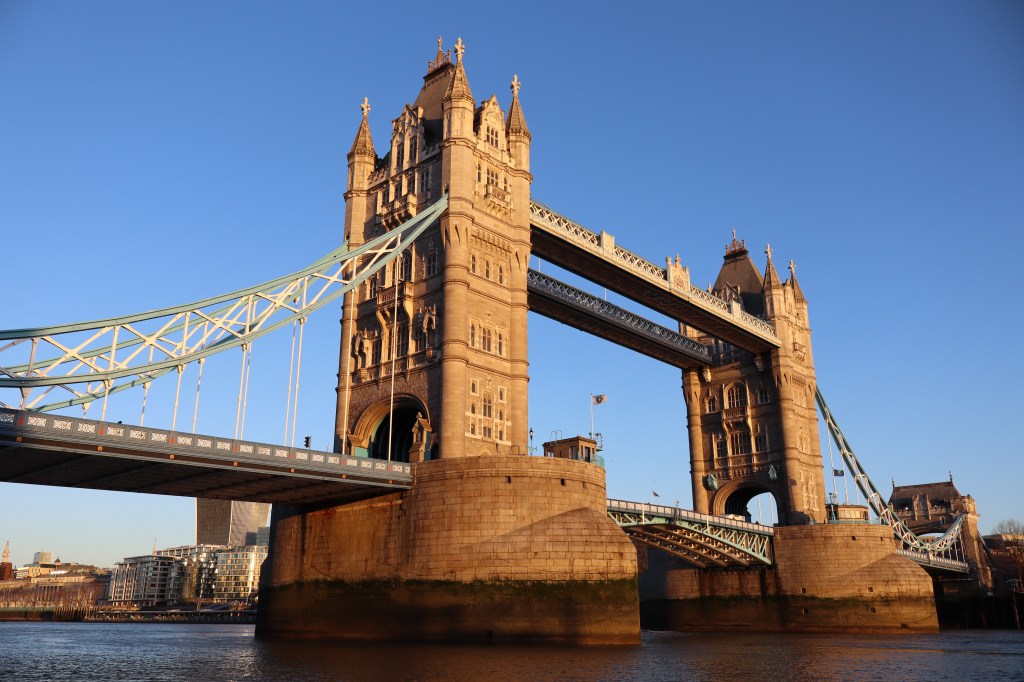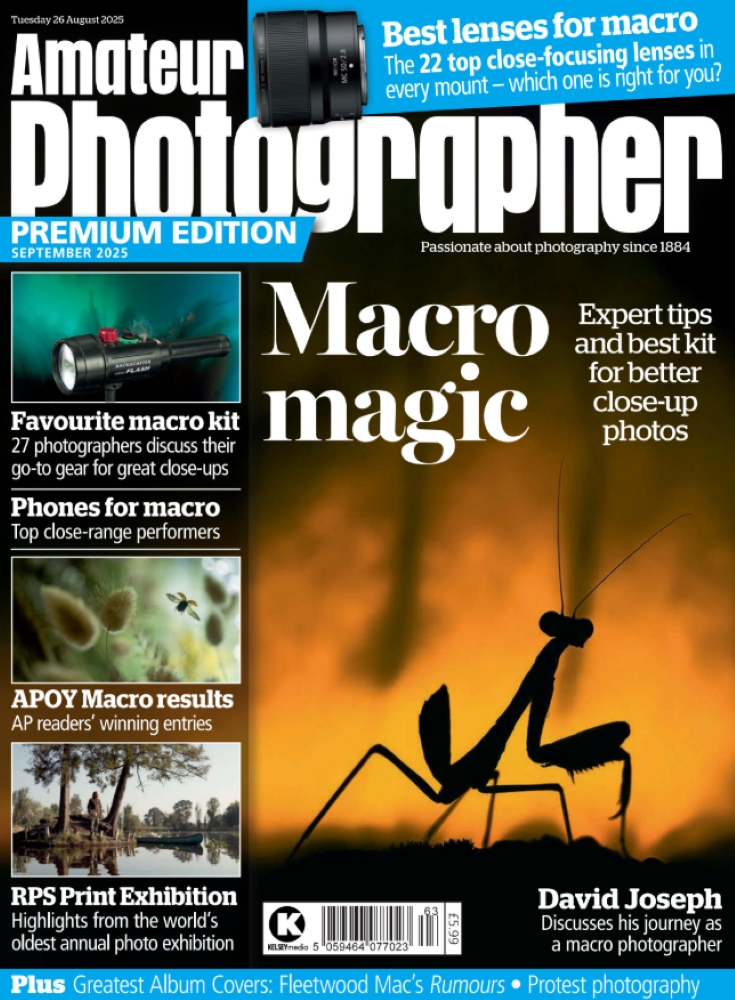Do you, like me, increasingly feel like RAW is a bore and you can’t be arsed with it anymore? But more than that, reckon most of us don’t need to shoot RAW because cameras are now so well-equipped and technologically advanced that the humble, fine quality JPEG is perfectly acceptable 99.9% of the time. And it has been for a long while. Even if we might quickly tweak exposure / contrast or effect a crop for a neater result before sharing it.
Yes, there will be those who want the reassurance of being able to tweak files to the nth degree post capture, achieve greater dynamic range, feel they can’t give up their RAW habit entirely – or want to simultaneously shoot RAW + JPEG ‘just in case’. But on a practical level, even if it was necessary, who among us has the time or inclination? RAW files just eat up space on our memory cards, slow down burst capture rates and, like shoeboxes full of negatives in the days of film, get far, far less of a regular look-at than the resultant prints.
Sometimes it feels like the RAW option is only there on certain cameras so that those shooting with them can feel more authentic and ‘professional’. It’s something that’s expected, rather than essential.
Plus, any pro photographer always makes the point of wanting to get it right in-camera, thereby speeding up workflow and avoiding laborious post processing, especially when time is money. The electronic viewfinders of modern-day mirrorless cameras are of sufficient resolution and quality that I can work confidently with the principle of what I’m seeing is what I’m getting, and, if I’m ever worried about blown out highlights, there’s the ability to call up a histogram.

Maybe it’s time we stopped thinking of JPEG as RAW’s inferior, second-best sibling? Yes, a JPEG may be a file that’s been ‘processed’ – presenting us with, if you like, a ‘ready meal’ rather than component ingredients that we then have to cook ourselves – but most of the time it will look and ‘taste’ just as good to us; making shooting RAW more of an affectation than a practicality. Especially if the JPEG we’re getting straight out of the camera looks and feels identical to how we remember the scene or the subject at the time; meaning we don’t feel like we’ve lost anything in the process(ing). To my eyes a JPEG will often look more natural yet simultaneously pleasingly vibrant, while most cameras offer us adjustable picture controls so we can actively exert a degree of control over our JPEGs in-camera prior to capture if we want a feeling of being a little more hands-on.
While I was always told that we should be shooting in uncompressed raw to preserve a ‘digital negative’, times change. With the level of in-body sophistication now placed at our fingertips every time we squeeze our camera shutter, I reckon let’s just shoot JPEG in the main, share them between devices if desired, move quickly to the next picture / composition, and get on with the rest of our lives.
Related reading:
The views expressed in this column are not necessarily those of Amateur Photographer magazine or Kelsey Media Limited. If you have an opinion you’d like to share on this topic, or any other photography related subject, email: ap.ed@kelsey.co.uk








